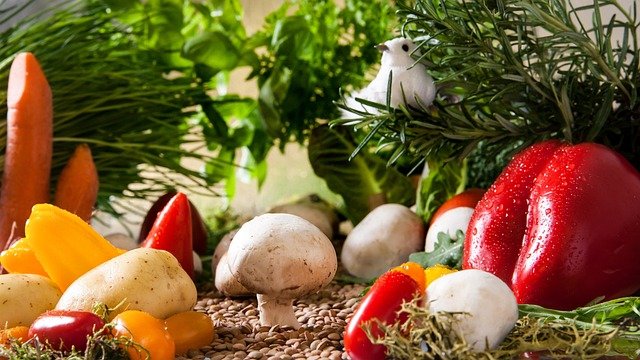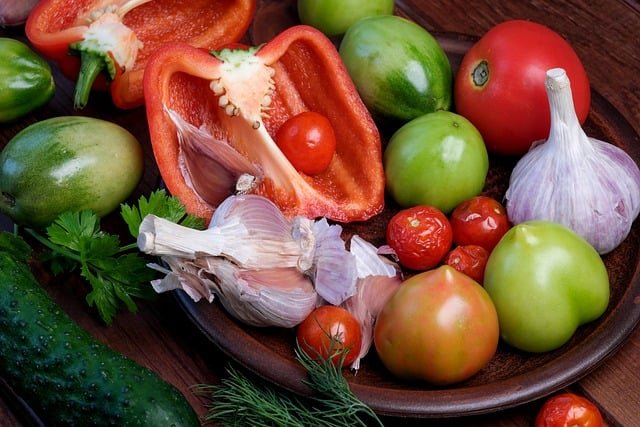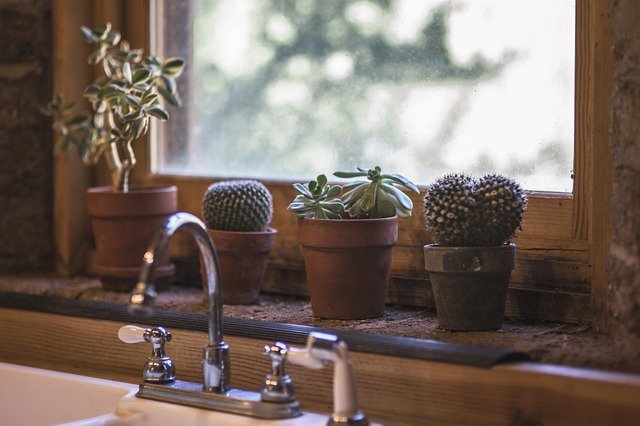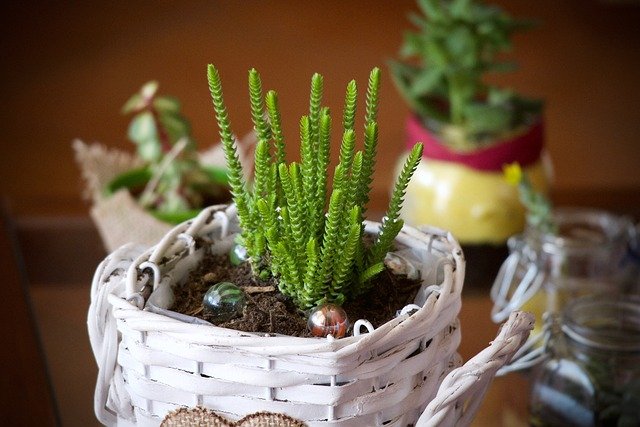A perennial vegetable that grows in the shade.
Benefits of growing perennial vegetables
Here are nine reasons to consider adding edible perennials to your garden:
1. Reliable annual performance.
2. Perennial plants are generally straightforward to grow and require little maintenance.
3. Perennial vegetables are generally more resistant to insects than annual crops.
4. There is a wide variety of flavors and edible parts.
5. There is no forestry to sustain the soil food chain.
When it comes to the soil food chain, many perennials build soil with their deep root systems and decompose annual leaves.
6. many beautiful perennials can be planted in flower gardens or landscape borders.
7. Many, like rhubarb and asparagus, last longer.
8. Perennial edible late crops such as okra and Chinese artichoke extend the harvest into late fall and early winter.

Plant perennial vegetables
As with any garden, research your plants before heading to the garden center. Some perennials do best in full sun, while others prefer a wooded or partially shaded area. Plant those that thrive in your landscape and your garden area. I have included the variety of growing zones for each perennial in the list below. And when planting, work a little more on soil preparation. These plants will remain in the same spot for years or even decades, so this is your chance to improve your existing soil by adding amendments like compost, aged manure, and compost, as well as removing weeds.
Remember that perennial edible plants can take several years to mature and become large enough to harvest. You must practice patience (I know, this is hard for gardeners!). For some perennials, buying plants, bulbs, or tubers rather than waiting for the plants to grow from seed to maturity can be a shortcut. Or you have a friend with a plant you can share. In that first year, focus on watering to help the perennials establish well. In subsequent years, I suggest covering the plants with compost and granulated organic fertilizer each spring to encourage healthy growth.
perennial vegetable
Asparagus
Asparagus is a hardy, long-lived perennial that produces many tender shoots in mid to late spring. Like most vegetables, it grows best in a sunny garden with well-draining soil. You can grow it from seed indoors and move it to the garden after that risk of frost has passed, but you’ll have to wait at least three years to harvest. Instead, I recommend purchasing yearling crowns from your local garden center in the spring. Growing canopy asparagus yields a crop in two years.
Before planting, spend some time preparing the bed. Remove weeds and loosen the soil to a depth of sixteen inches. If you are making a dedicated asparagus bed, it should be at least four feet wide and as long as you want it. The plants should be spaced eighteen inches apart, so calculate the bed length based on the number of plants you want to grow.
Crowns should be placed 6 to 8 inches deep and amended with compost or old manure. Cover with one or two inches of dirt. As the plants develop, gently fill up the remaining planting hole. Water the bed on a regular basis during the first year. Allow the plants time to develop and expand in size. Only harvest when they are two years old, and only a few stems from each plant. In the third year, a substantial yearly crop may be anticipated to last for decades.
Good King Henry (Chenopodium bonus-Henricus, Zones 4–8)
This resilient shrub provides gardeners with a twofold harvest. First, thick branches grow in early April. These may be cut and used much like asparagus. Next, the key reason for growing a good King Henry is the foliage. The arrow-shaped leaves are prepared similarly to spinach, either boiling or steaming them. The raw leaves, particularly the ripe ones, are rather bitter. Blanching or boiling lowers bitterness.
Good King Henry seeds are available from seed companies, but be aware that they can take time to germinate. Seed sorting or winter planting (like this article on winter planting onions) can help break dormancy. When you are ready to transplant the seedlings into the garden, separate the Plant twelve to eighteen inches apart. Give them two to three years to increase in size before harvest.
American peanut (Apios americana, zones 3 through 7)
This North American vine is a garden wonder with spectacular burgundy flowers. Peanuts have many edible parts, including the beans (which need to be cooked) and pods, but the preferred edible part of peanuts is the starchy tubers. Seed potatoes for planting can be purchased online from companies. Harvesting occurs in late autumn after several intricate touches of frost that sweeten the tubers.

Egyptian walking onion
About a decade ago, I ordered an online Egyptian onion plant from a company specialising in herbs. In two years, I had enough to share with friends and neighbors. This unique perennial vegetable quickly multiplies and happily roams the garden. It is easy to control, and you can get up and eat. – Anything that starts encroaching on neighboring plants.
Fresh green shoots come up very quickly in spring and can be used like chives. In early summer, the stems covered with small bulbs, and as the season progresses, the crown of the bulbs becomes heavier, and the plant sags to the ground. Then the little bulbs take root, and a new plant emerges. If you don’t want them to spread throughout your garden, place small bulbs at the top of the stem. Dry them for a week or two and store them in an excellent place to keep the onion flavor all winter.
Sorrel
I love the lemon flavor of the sorrel, which is very welcome in spring salads or soups. The plants form large clusters of glossy green leaves and grow in full sun to partial shade. Before planting, amend the soil with a few inches of compost. Sorrel can be grown from seed and should be grown indoors under a very grow light, in a sunny window, or taken from a nursery. I’m a big fan of raspberry sorrel, a highly ornamental but edible variety with dark green leaves and bright red veins. It doesn’t live long in the garden, but it’s a beautiful and interesting plant.
If you have a friend with many sorrels, you can get a few pieces by dividing the plant in early summer. This allows plenty of time for division before the onset of winter. It’s a good idea to dig up an established sorrel patch every five to six years or if the plants are overcrowded or in decline. After digging them up, you can divide the plant into small cubes and plant it again in a new place.
If allowed to self-seed, sorrel can become invasive, so cut the flowers when they fade if you want to control the spread. Or grow a Profusion variety developed by Richter’s Herbs of Canada. This superior variety has many outstanding characteristics: it is less bitter, the leaves are softer, and it does not flower.
Rhubarb
It is the easiest plant to grow and thrives in full sun, shade, partial sun, and various soil types. It is bothered by various pests and diseases, and even deer and rabbits avoid it. Avoid swampy terrain only. And although rhubarb will grow anywhere, you can boost rhubarb production by choosing a location with at least eight hours of light and adding compost or ageing manure to the soil before transplanting. Since rhubarb loves rich soil, I cover my plants with a few inches of compost each spring.
Rhubarb is a plant often shared by family, friends, and neighbors. It can be divided in early spring before the leaves are fully developed. Use a sharp spade or spade to dig out a block with at least two growth points.
The only edible part of rhubarb is the stem, which is treated like a fruit. Rhubarb is often boiled, baked into pies, muffins, and crumbles, or made into jam. 3
slopes

Rump, or wild leeks, are eaten in spring with a unique flavor reminiscent of onions and garlic. A plant native to North America, it eventually colonizes hillsides and spreads throughout your growing space. I recommend keeping earrings out of the garden, as they dislike the full sun. Instead, find a spot under tall deciduous trees or in a wooded garden. The leaves die in summer, and the pale pink flowers add beauty and interest. Seeds follow quickly and can accumulate and disperse on the soil surface. It is best to sow seeds outdoors to break dormancy. They will develop in accordance with nature’s timetable. Attempting to germinate them indoors may be difficult and involves layering.
If you can locate a source for bulbs (don’t pull them up from the forest), gently transplant them six inches into soil modified with mold compost or garden compost. Water thoroughly and cover with cut leaves. Allow the spots to settle and expand, so only harvest the inner slopes after three to four years, particularly if your plants were started from seed.
Jerusalem artichoke
Also known as sunchokes, Jerusalem artichokes are native to North America and produce dozens of knobby, nodular tubers in the fall.






